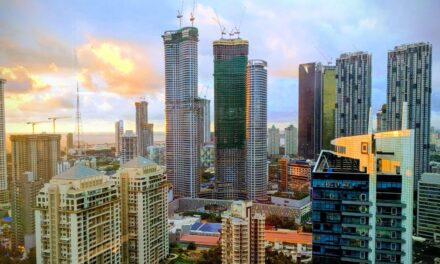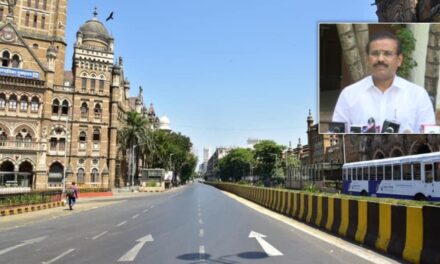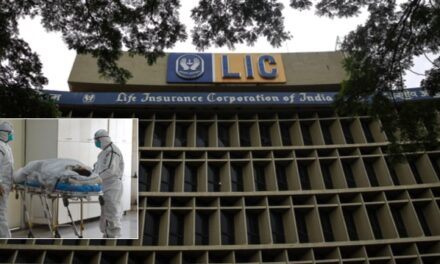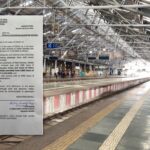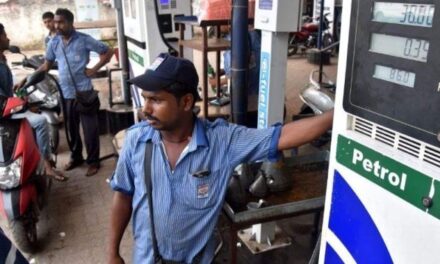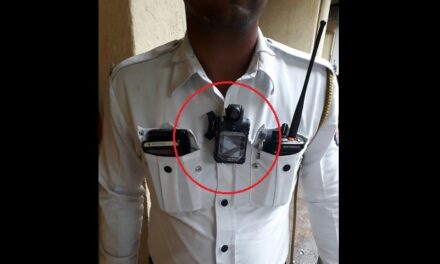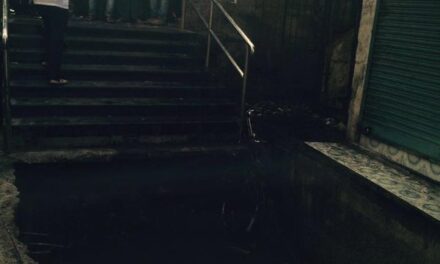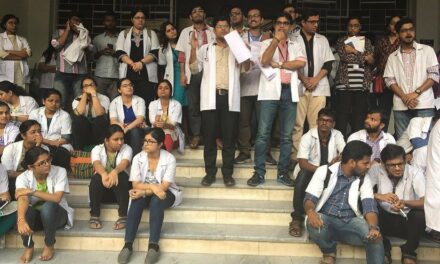Mumbai’s most traffic-prone junctions to get ‘pollution sucking’ devices
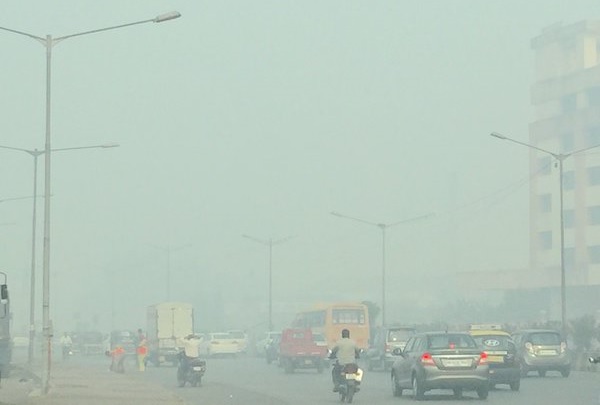

Picture Courtesy: Tom Thomas
Mumbai is set to become the first city in the country to get pollution sucking devices, which will be installed at five major traffic junctions across the city. The decision to install the devices was taken by the Maharashtra Environment Ministry.
The pollution sucking device was jointly developed by the Indian Institute of Technology-Mumbai, National Environment Engineering Research Institute (NEERI), Maharashtra Pollution Control Board (MPCB) and E-square. It uses thermal oxidisers to remove carbon monoxide and hydrocarbons, while the wind generators dilute the polluted air.
According to Environment Minister Ramdas Kadam, the device will have the capacity of sucking pollution from an area of 1000 sq.ft from where it’s installed.
“People are more frequently suffering from asthma, chronic obstructive pulmonary diseases, cardiovascular diseases and cancer. As a result, mortality rates are also high. Indian traffic junctions are characterised by high pollution density. The number of people exposed to toxic air is very high. Therefore, we want to install air pollution sucking devices across Mumbai, and then subsequently in all cities of Maharashtra,” Kadam said.
Since traffic-prone junctions are among the major causes of air pollution, the devices will be installed across the busiest junctions in the city. For the pilot project, the devices will be installed near Chhatrapati Shivaji Terminus, Sion bridge, Vivekananda Marg in Bandra (W), LBS Marg in Bhandup and Shreyas cinema in Ghatkopar.
The Brihanmumbai Municipal Corporation (BMC) has already approved the proposal for the installation of the devices, with Chief Minister Devendra Fadnavis and Shiv Sena president Uddhav Thackeray set to inaugurate the project. The civic body will shell out Rs 1.5 lakh for each device.
World Health Organisation (WHO) has declared Mumbai as the fifth most polluted megacity in the world in terms of PM 10 (coarse pollution particles) levels.


